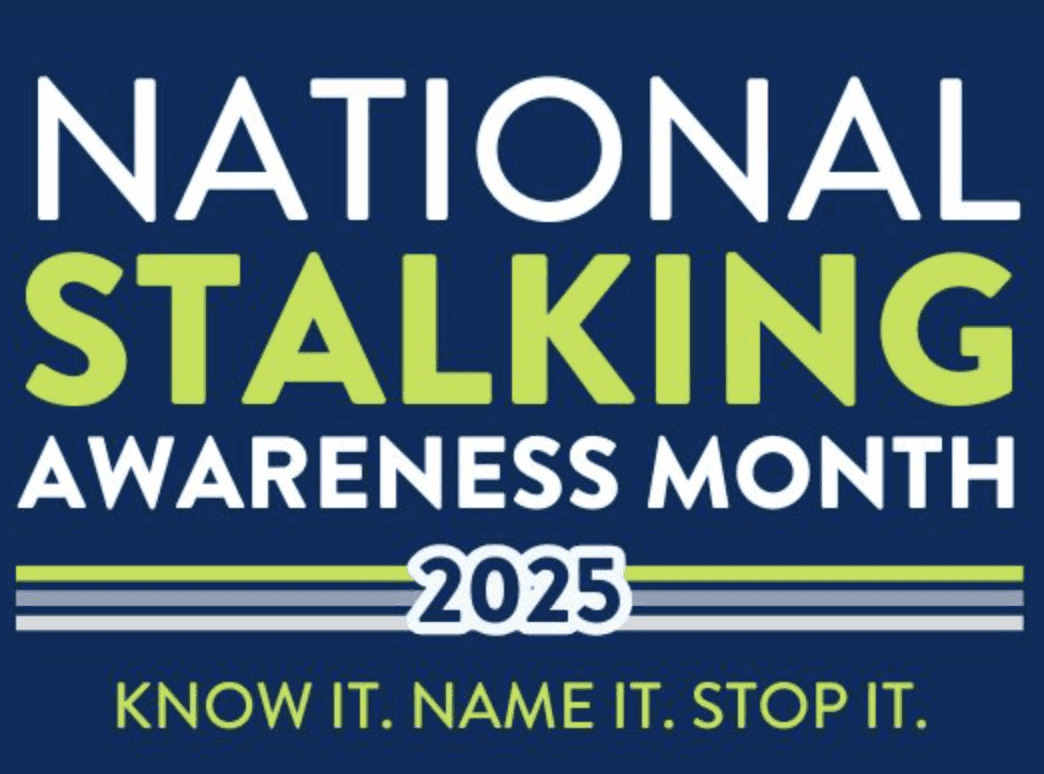Attention-Deficit/Hyperactivity Disorder (AD/HD) is a neurobiological disability. It is characterized by developmentally inappropriate impulsivity, inattention, and in some cases, hyperactivity. Although individuals with AD/HD can be very successful in life, without appropriate identification and treatment, AD/HD can have serious consequences such as school failure, depression, conduct disorder, failed relationships, and substance abuse. Early identification and treatment are extremely important.
Until recent years, it was believed that children outgrew AD/HD in adolescence. This is because hyperactivity often diminishes during the teen years. However, it is now known that many symptoms continue into adulthood. If the disorder goes undiagnosed or untreated during adulthood, individuals may have trouble at work and in relationships, as well as emotional difficulties, such as anxiety and depression.
Cause
Although AD/HD is one of the best-researched disorders in medicine, its cause nonetheless remains unknown. A great majority of the research suggests a neurobiological basis – an imbalance or deficiency in certain chemicals that regulate the efficiency with which the brain controls behavior. Research also shows that there is a genetic link, thus AD/HD tends to run in families.
Characteristics
AD/HD symptoms arise in childhood. The disorder is marked by behaviors that are long lasting and evident for at least six months, with onset before age seven. There are three primary subtypes:
AD/HD primarily inattentive type:
* Fails to give close attention to details or makes careless mistakes
* Has difficulty sustaining attention
* Does not appear to listen
* Struggles to follow through on instructions
* Has difficulty with organization
* Avoids or dislikes tasks requiring sustained mental effort
* Is easily distracted
* Is forgetful in daily activities
AD/HD primarily hyperactive and impulsive type:
* Fidgets with hands or feet or squirms in chair
* Has difficulty remaining seated
* Runs around or climbs excessively
* Has difficulty engaging in activities quietly
* Acts as driven by a motor
* Talks excessively
* Blurts out answers before questions have been completed
* Has difficulty waiting or taking turns
* Interrupts or intrudes on others.
AD/HD combined type:
*Meets both inattentive and hyperactive/impulsive criteria
Because everyone shows signs of these behaviors at one time or another, the guidelines for determining whether a person has AD/HD are specific. In children, the symptoms must be more frequent or severe than in other children of the same age. In adults, the symptoms must be present since childhood can affect one’s ability to function in daily life. These behaviors must create significant difficulty in at least two areas of life, such as home, social settings, school, or work.
For more information write to CHADD(Children and Adults with Attention-Deficit/Hyperactivity Disorder) at 8181 Professional Place, Suite 201, Landover, MD 20875, or visit Chadd at their website at www.chadd.org.
Printed in Volume 1 Issue 10



